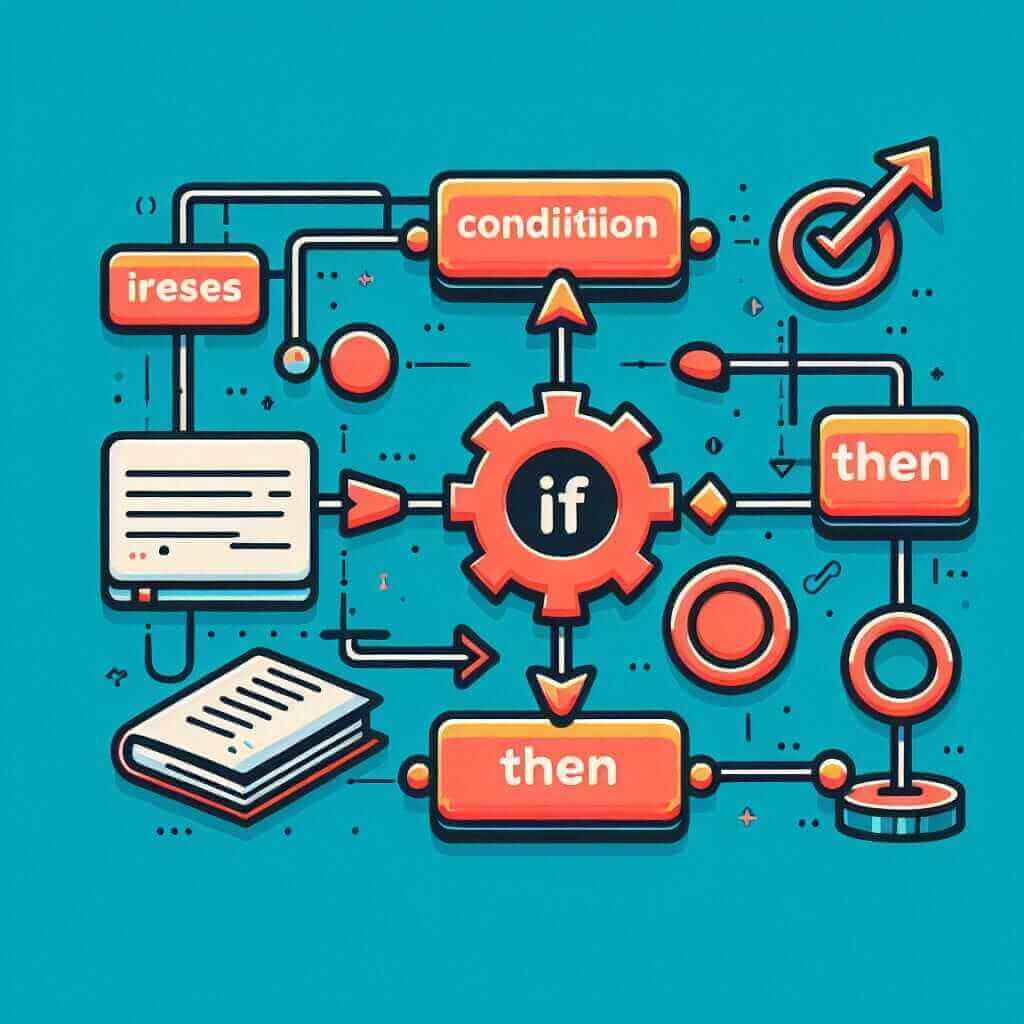Conditional sentences, especially those using the “if…then” structure, are fundamental to expressing possibilities and hypothetical situations. Mastering them can significantly boost your IELTS score. In this comprehensive guide, we will delve deep into the nuances of “if…then” sentences, providing you with the knowledge and skills to use them confidently in your IELTS exam.
Let’s look at some examples of how conditional sentences can appear in different sections of the IELTS exam:
Speaking Part 2:
Describe a time you had to make a difficult decision.
“If I had chosen to study abroad, I would have missed out on spending time with my family. However, if I hadn’t gone, I wouldn’t have had the amazing experiences that shaped who I am today.” (This example showcases a mix of second and third conditional sentences, highlighting the consequences of different choices)
Writing Task 2:
“Some people believe that technology has made our lives easier. Others argue that it has made life more complicated. Discuss both views and give your own opinion.”
“If we consider the advancements in communication and information access, then it’s undeniable that technology has simplified many aspects of our lives. However, if we focus on the increasing dependence on technology and the potential for social isolation, then the argument for increased complexity holds weight.” (This example uses first conditional sentences to present both sides of an argument.)
Listening Section 3:
(In a lecture about environmental conservation):
“If current deforestation rates continue, many species will lose their natural habitats.” (This example uses the first conditional to express a likely consequence in the future.)
Understanding “If…Then” Sentences
“If…then” sentences, also known as conditional sentences, express the dependence of one event on another. They consist of two clauses: the “if” clause (condition) and the “then” clause (result).

Types of Conditional Sentences and Their Usage
1. Zero Conditional
Formula: If + Present Simple, Present Simple
Usage: Describes general truths and facts.
Example: If you heat ice, it melts.
Analysis: This sentence highlights a universal scientific fact. The use of present simple in both clauses emphasizes the certainty and timelessness of the statement.
2. First Conditional
Formula: If + Present Simple, will + base verb
Usage: Describes possible and likely future outcomes.
Example: If you study hard, you will pass the exam.
Analysis: This sentence shows a likely future outcome based on fulfilling a specific condition. The use of “will” indicates a high probability of the result occurring.
3. Second Conditional
Formula: If + Past Simple, would + base verb
Usage: Describes hypothetical, unreal, or unlikely situations in the present or future.
Example: If I won the lottery, I would travel the world.
Analysis: This sentence presents a hypothetical situation, as winning the lottery is unlikely. The use of “would” emphasizes the imaginary nature of the result.
4. Third Conditional
Formula: If + Past Perfect, would have + past participle
Usage: Describes hypothetical or unreal situations in the past.
Example: If I had studied harder, I would have gotten a better grade.
Analysis: This sentence expresses regret about a past action. The speaker acknowledges that they did not study hard enough, leading to a less desirable outcome. The use of “would have” emphasizes the past tense and the unrealized possibility.
Advanced Tips for Band 7+
-
Mix Conditional Types: Show your flexibility by using different conditional types within a single sentence or paragraph to express varying degrees of certainty and possibility.
-
Inversion for Formal Tone: Elevate your writing by using inversion in conditional sentences. For example, instead of “If I were you…”, try “Were I you…”.
-
Use Alternatives to “If”: Showcase your vocabulary range by using alternatives like “provided that,” “assuming that,” “unless,” “in the event that,” etc.
Common Errors and How to Avoid Them
- Incorrect Tense Harmony: Ensure the tenses in your conditional clauses align correctly to reflect the time frame you intend to convey.
- Misusing “Will” and “Would”: Remember that “will” is used for likely future outcomes (first conditional), while “would” is used for hypothetical or unreal situations (second and third conditional).
- Overusing “If”: While “if” is essential for conditional sentences, try to vary your sentence structure by using alternatives like “unless” or “provided that.”
Conclusion
Mastering “if…then” sentences can significantly enhance your ability to express complex ideas and possibilities in the IELTS exam. By understanding the different conditional types, their functions, and how to use them accurately, you can elevate your writing and speaking, paving the way for a higher band score. Remember to practice regularly and analyze example sentences to solidify your understanding.